Home > Study Material
Welcome to Daily News Analysis, your singular resource for UPSC CSE/PCS current affairs. Grasp the importance of staying updated for your UPSC/PCS journey.
Daily News Analysis presents essential news from top sources like The Hindu, Indian Express, Business Standard, and PIB, curated in line with the UPSC/PCS syllabus. Our expansive coverage includes Politics, Economics, Science & Technology, Environment, International Relations, and Governance.
Promptness and ease. We provide the day's news by 12:30 PM, serving as a consolidated, updated information hub. With Daily News Analysis, you lead the pack, equipped with trustworthy current affairs content.
Our platform's user-friendly design integrates your daily current affairs preparation into your study regime seamlessly. Explore an array of content - articles, summaries, infographics - to bolster your understanding of worldwide events.
Empower yourself with knowledge and self-assurance, and acquire a competitive advantage with Daily News Analysis. Embark on your journey towards UPSC/PCS triumph today. Remain informed, remain ahead, every single day with Daily News Analysis! Particularly beneficial for UPSC Mains, Daily News Analysis provides detailed analysis of news along with facts, catering to the broader UPSC and PCS examinations.
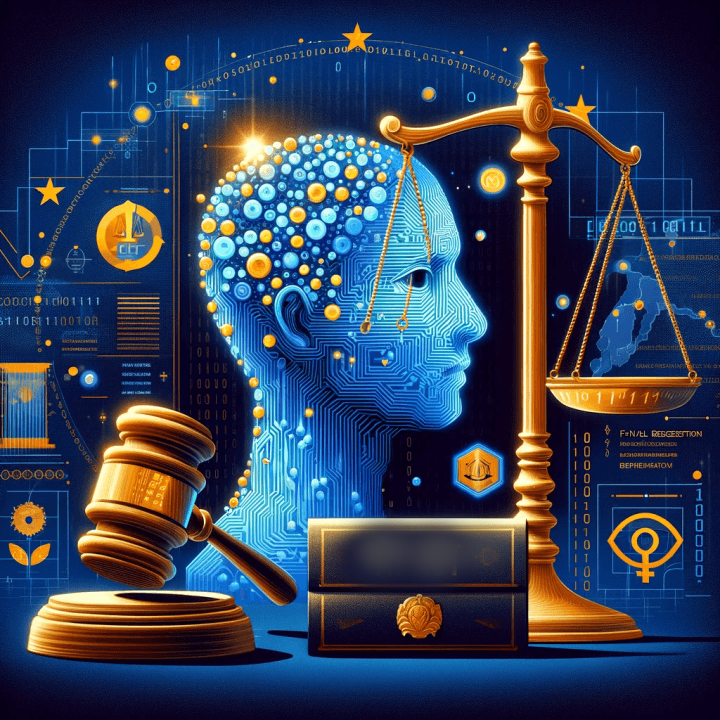
Daily News Analysis for UPSC | Current Affairs for UPSC Preparation | Dhyeya IAS / 27 Oct 2025
Explore how India is addressing deepfakes through proposed amendments in IT rules, focusing on labeling, verification, and ethical AI governance to ensure responsible use of synthetic content and maintain digital trust..
View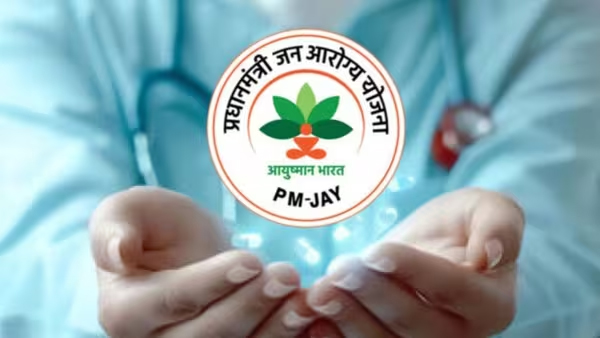
Daily News Analysis for UPSC | Current Affairs for UPSC Preparation | Dhyeya IAS / 24 Oct 2025
Explore how the Ayushman Bharat initiative has expanded secondary/tertiary care, yet primary care and the “missing middle” remain under‑served. Learn about structural gaps, public–private dominance, and reform priorities on Dhyeya IAS..
View
Daily News Analysis for UPSC | Current Affairs for UPSC Preparation | Dhyeya IAS / 16 Oct 2025
On World Food Day 2025, FAO launches the "Hand in Hand for Better Foods and a Better Future" initiative, aiming to transform global food systems through collaborative efforts. Learn more about global hunger challenges and food security at Dhyeya IAS..
View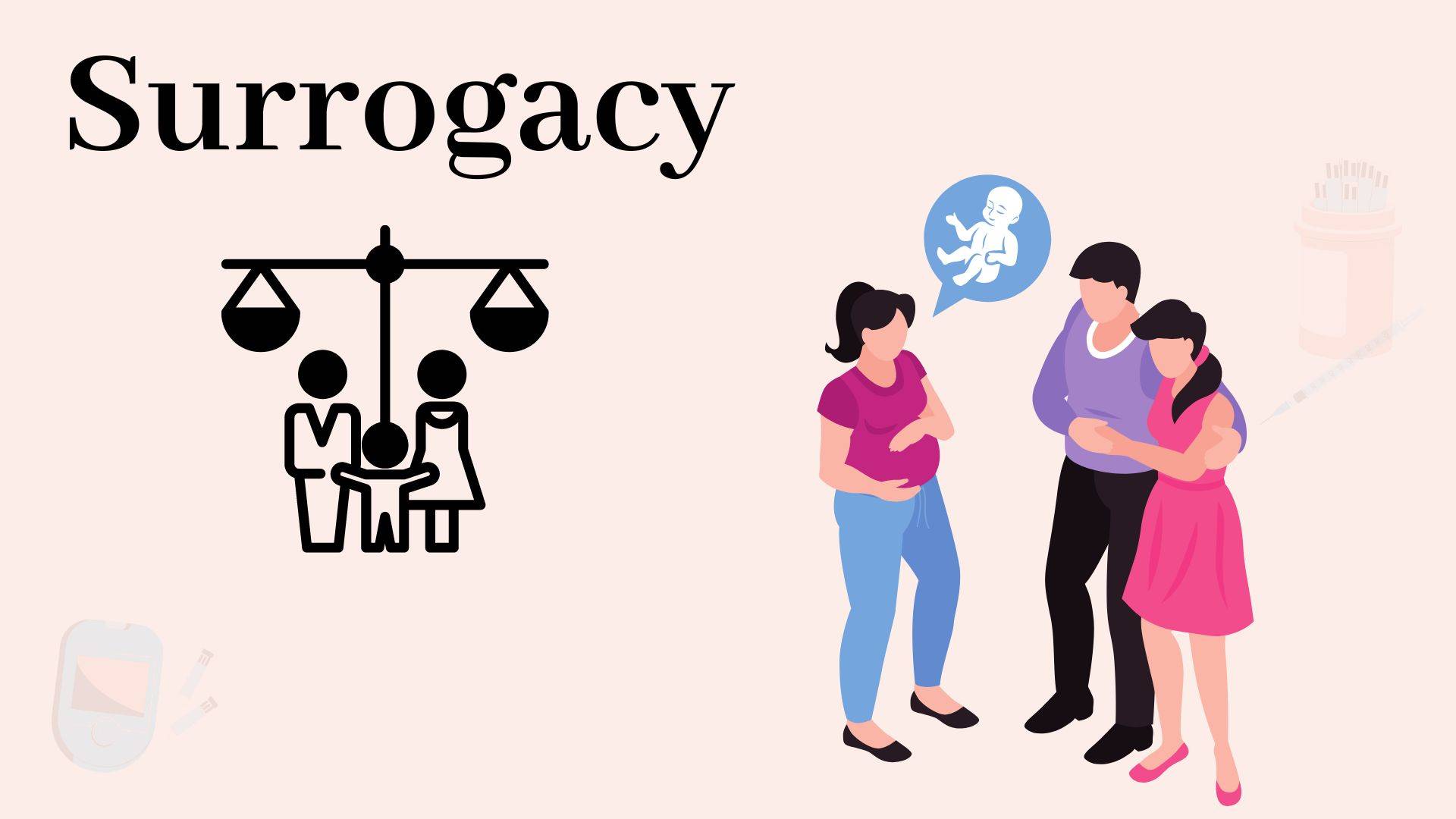
Daily News Analysis for UPSC | Current Affairs for UPSC Preparation | Dhyeya IAS / 13 Oct 2025
In a landmark 2025 ruling, the Supreme Court held that age limits in the Surrogacy Act don’t apply to couples who froze embryos before its enforcement—affirming reproductive autonomy and safeguarding rights. Analysis by Dhyeya IAS..
View
Daily News Analysis for UPSC | Current Affairs for UPSC Preparation | Dhyeya IAS / 10 Oct 2025
Explore India’s evolving mental health landscape: laws, initiatives like Tele-MANAS, treatment gaps, stigma and workforce shortages. Understand what has improved and what still needs reform. Daily current affairs insight by Dhyeya IAS..
View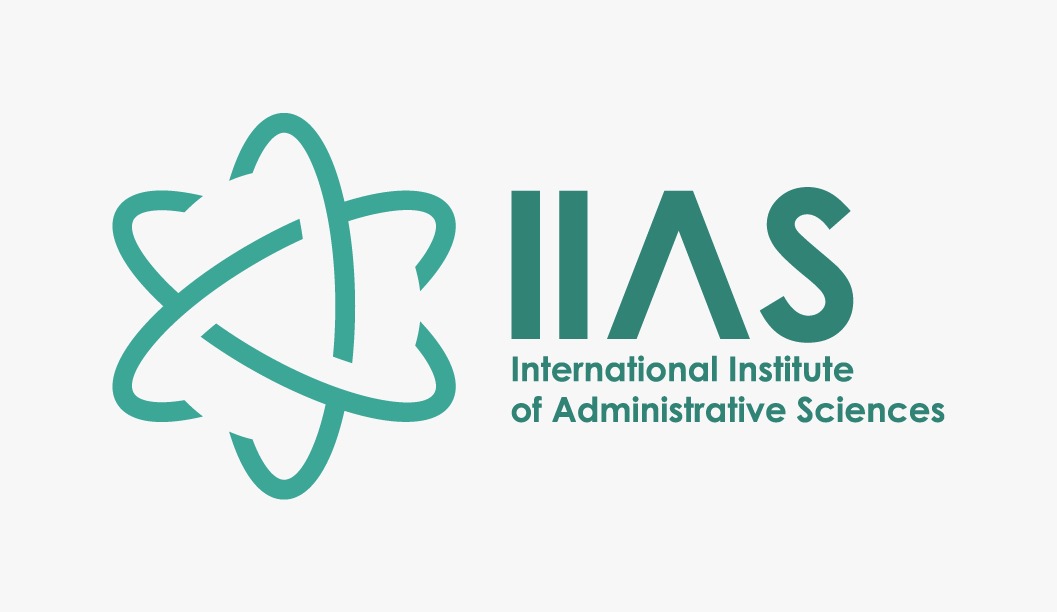
Daily News Analysis for UPSC | Current Affairs for UPSC Preparation | Dhyeya IAS / 07 Oct 2025
Delve into India’s International Governance Index using FAIR assessment framework — explore governance metrics, India’s score, challenges & policy implications in today’s context. A comprehensive daily analysis by Dhyeya IAS..
View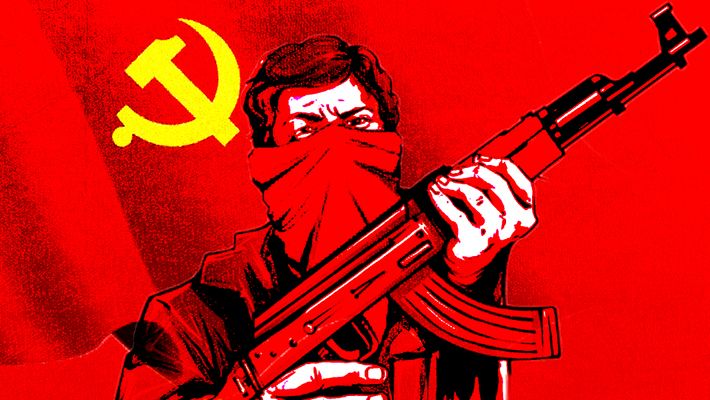
Daily News Analysis for UPSC | Current Affairs for UPSC Preparation | Dhyeya IAS / 06 Oct 2025
Nearly six decades after the Naxalbari uprising in West Bengal, the Maoist movement in India finds itself at a critical position. Under sustained pressure from central and state security forces, the movement is witnessing growing internal divisions and dwindling operational capacity. Union Home Minister Amit Shah has stated the government’s goal of achieving a Naxal-free India by March 2026, reflecting the intensified focus on ending Left Wing Extremism (LWE) in the country..
View
Daily News Analysis for UPSC | Current Affairs for UPSC Preparation | Dhyeya IAS / 04 Oct 2025
Learn about preventable stampedes and effective crowd management under NDMA guidelines — risk factors, strategies, legal aspects & safety measures. Essential for current affairs prep and public policy insights by Dhyeya IAS..
View
Daily News Analysis for UPSC | Current Affairs for UPSC Preparation | Dhyeya IAS / 30 Sep 2025
Discover the urgent rise of heart disease in India — “The Silent Epidemic: India’s Growing Heart-Health Crisis 2025” explores risk factors, statistics & policy challenges. Insightful coverage by Dhyeya IAS for UPSC aspirants..
View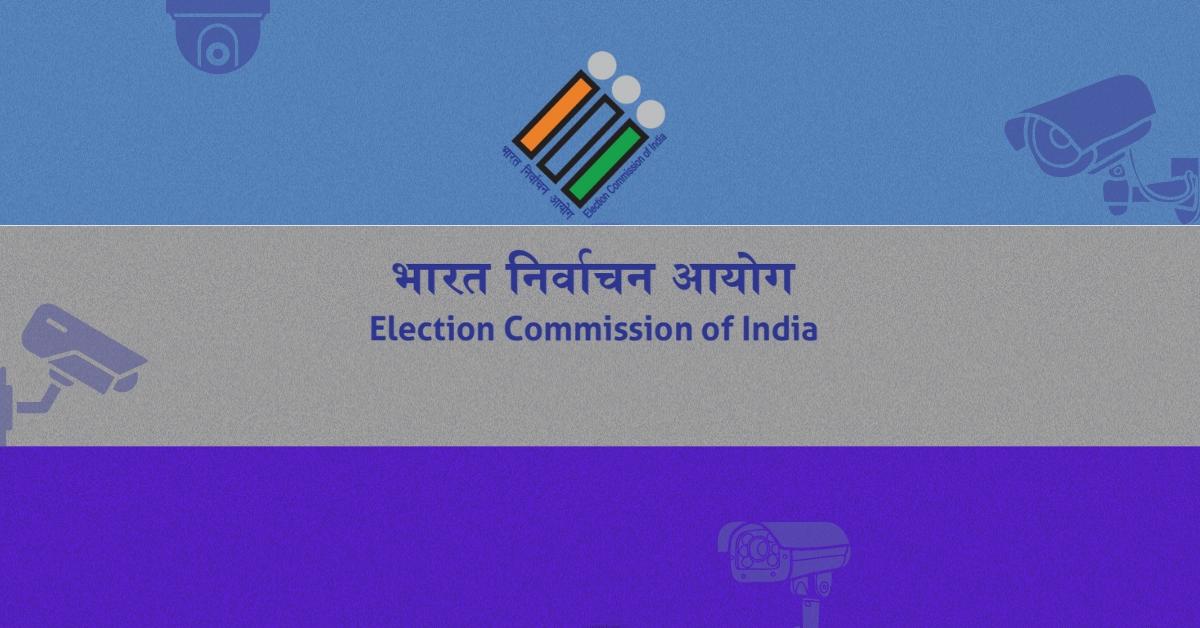
Daily News Analysis for UPSC | Current Affairs for UPSC Preparation | Dhyeya IAS / 25 Sep 2025
Explore how electoral roll management upholds democracy in India — procedures, challenges, safeguards & reforms — in our detailed Daily News Analytic by Dhyeya Law. Stay informed with expert insights and in-depth analysis..
View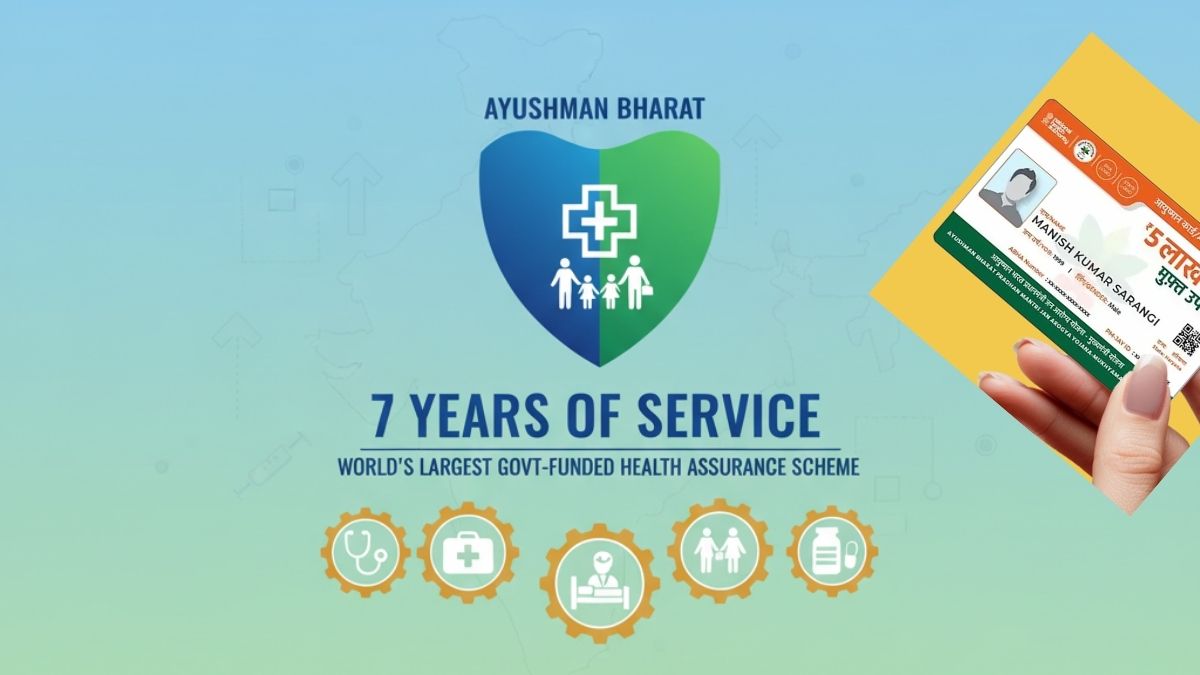
Daily News Analysis for UPSC | Current Affairs for UPSC Preparation | Dhyeya IAS / 24 Sep 2025
In this daily current affairs analysis, explore 7 years of Ayushman Bharat PM-JAY — its impact on healthcare access, beneficiaries, hospital network, spending, challenges, and the road ahead. Stay informed with Dhyeya IAS..
View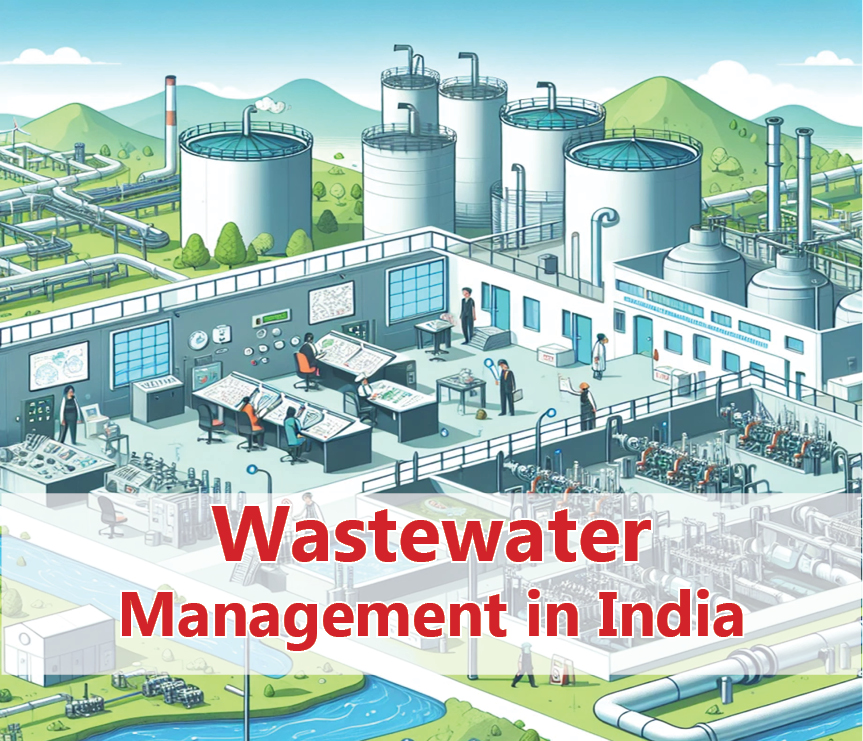
Daily News Analysis for UPSC | Current Affairs for UPSC Preparation | Dhyeya IAS / 23 Sep 2025
Explore the current state of wastewater management in India, key challenges, and policy interventions. Learn how effective wastewater reuse can help tackle the water crisis. | Dhyeya IAS.
View